Hayao Miyazaki was inspired to create the story when he read, “All I wanted to do was make something beautiful” from Jiro Horikoshi, the main protagonist of The Wind Rises, a real engineer who inspired the story. He plays with this theme of beauty and love from beginning until end, showing the brilliant and caring mind of Jiro and his unrelenting passion for building airplanes. Along with this passion that the engineer has for his work, Miyazaki introduces a love interest during the course of the film, and parallels the two. By showing the comparison between Jiro’s love for Naoko and his love for aircraft, Hiyazaki shows his finesse for providing the audience with carefully crafted themes and subtle messages.
It is this particular message that is what proves The Wind Rises to be a final thesis of the great animator Hayao Miyazaki. While we see the unrelenting passion and desire that Jiro has for creating these majestic airplanes, we can’t help but think of the filmmaker and animator in his own design. Miyazaki shows us that he understands the negative impacts his creations could potentially create; however he has chosen to overlook these possibilities and instead focus on his passion in filmmaking. When you understand this, you see the film in an even more beautiful way, understanding the depth, hard work and love which Miyazaki has for creating the images which you see of the screen. It is this connection that makes me believe that The Wind Rises is Hayao Miyazaki’s best film to date, solely because it helps you understand him as a filmmaker and then look back to his previous features with a respect for his passion in making each film.
On top of all this development of theme, it’s hard not to marvel at the honest beauty of some of scenery that is shown in The Wind Rises. Take a look at some of these shots below:
In conclusion, try to go see this film in the theater before it’s too late. You may never get a chance to go see a film with as much beauty again. Hayao Miyazaki presents you with a film that offers the same breathtaking shots he always provides, but this time with a level of maturity and development that truly asks for you to think about themes such as love and destruction. Whether or not Miyazaki creates another film, his legacy is definitely complete with The Wind Rises.

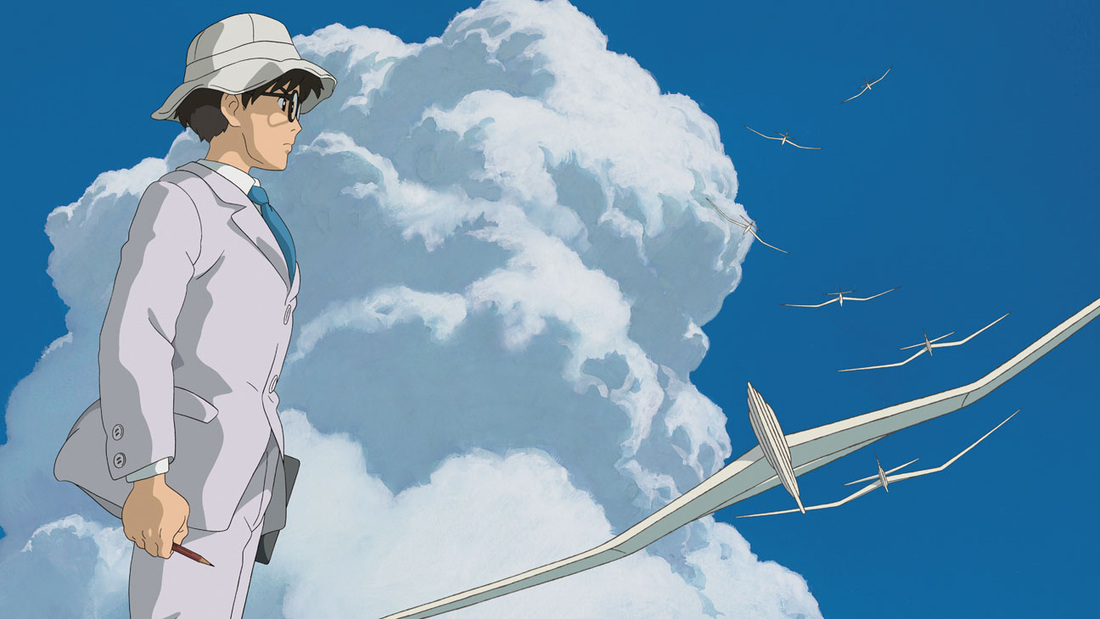

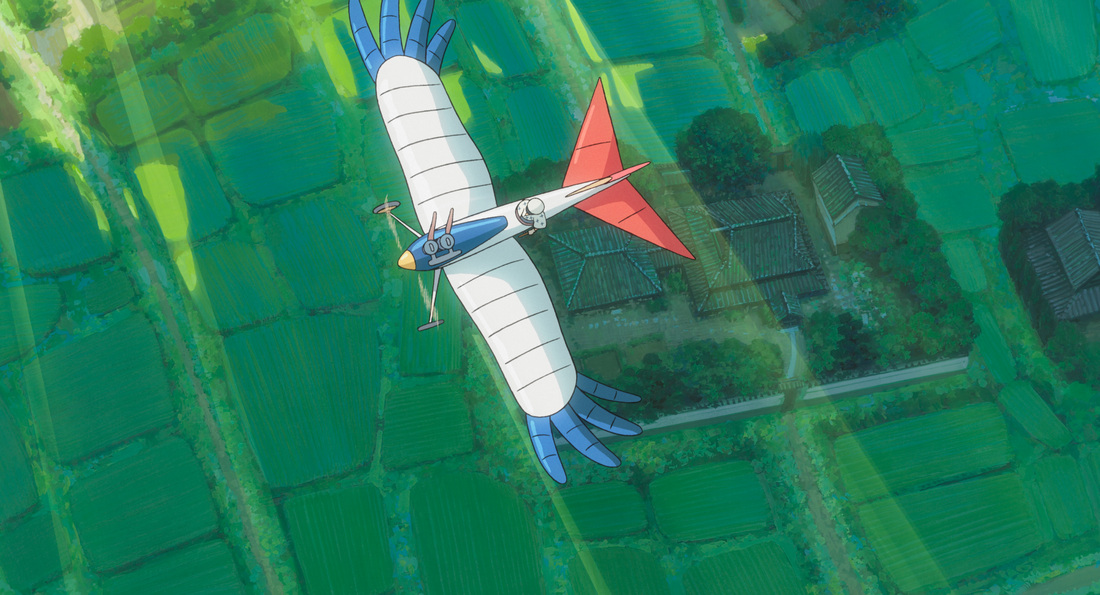
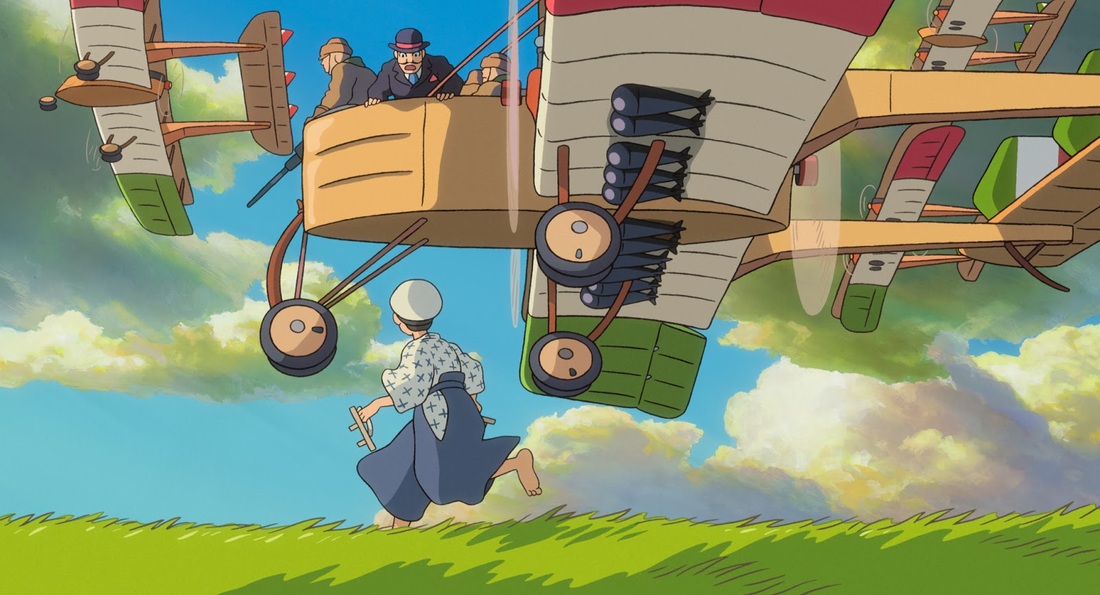
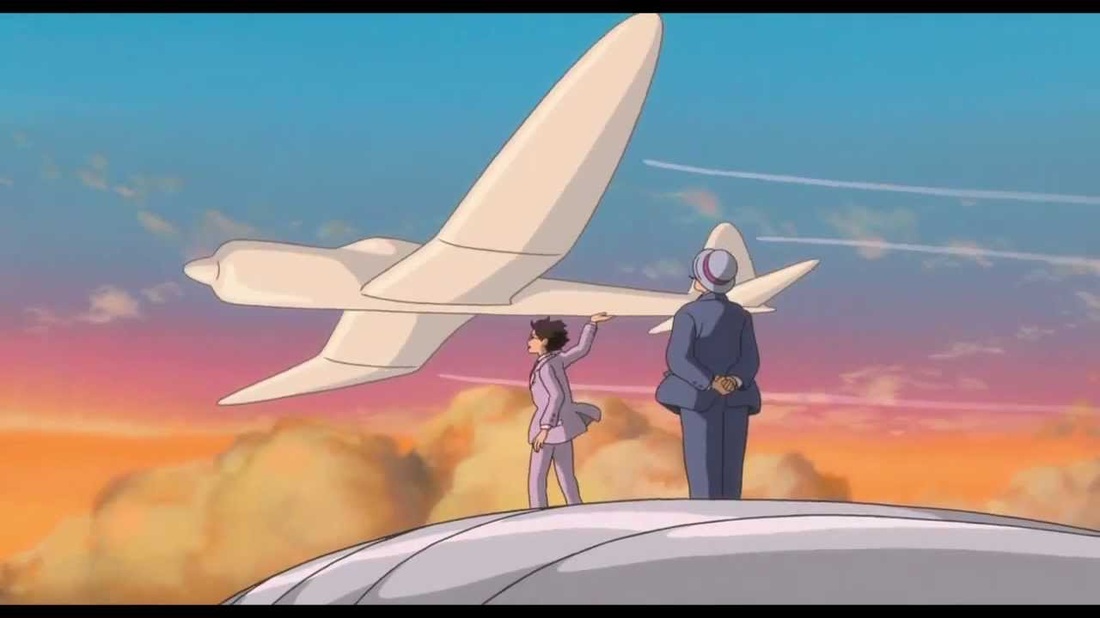
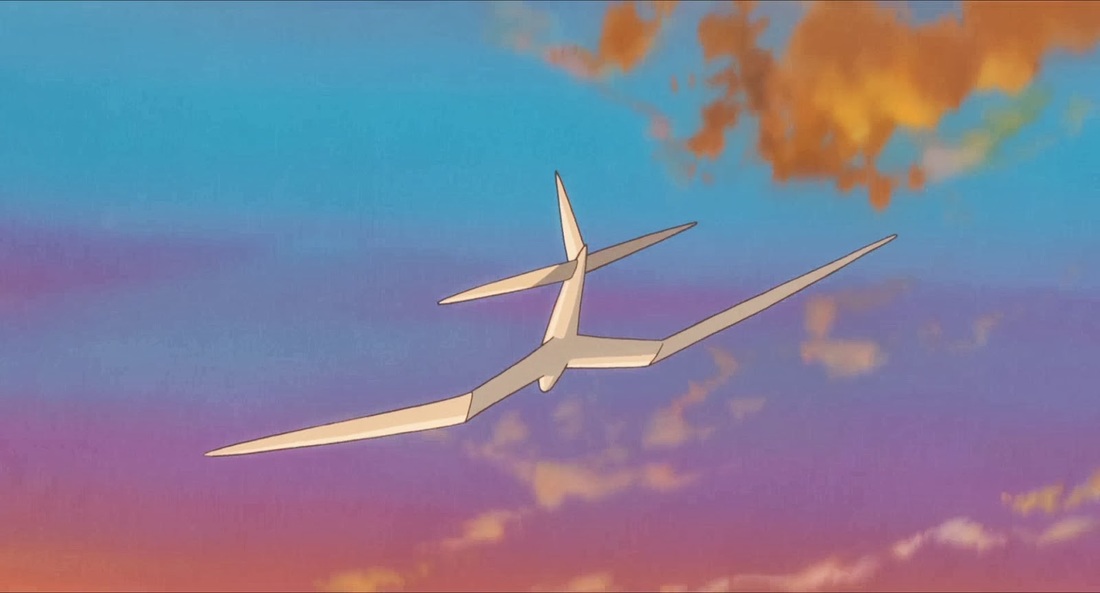
 RSS Feed
RSS Feed
